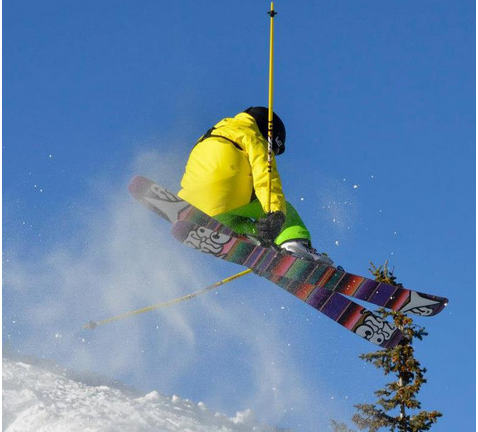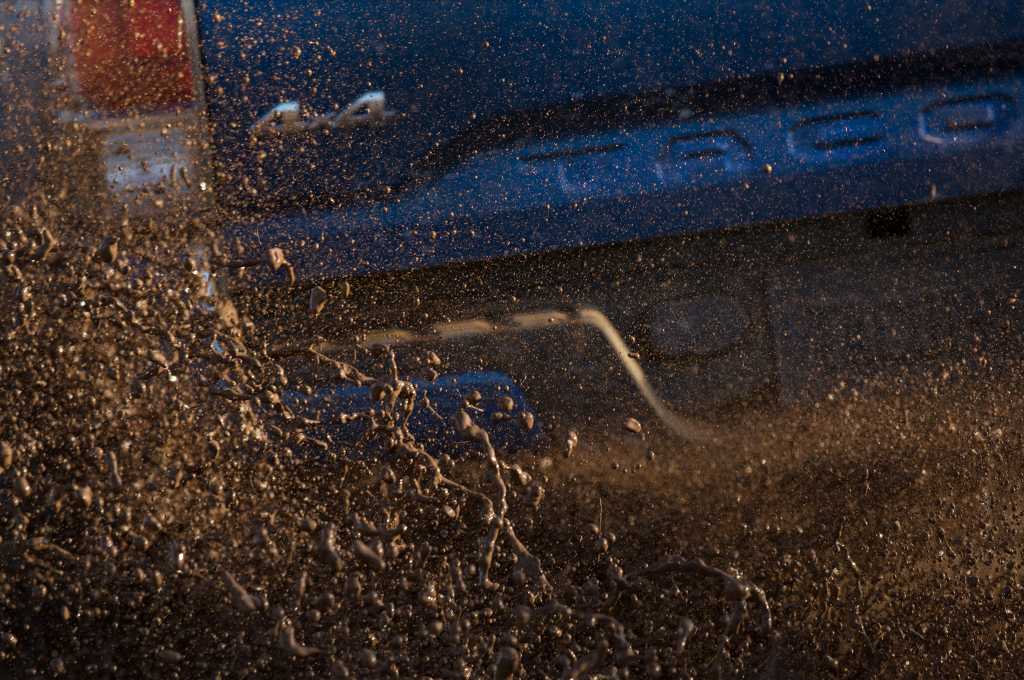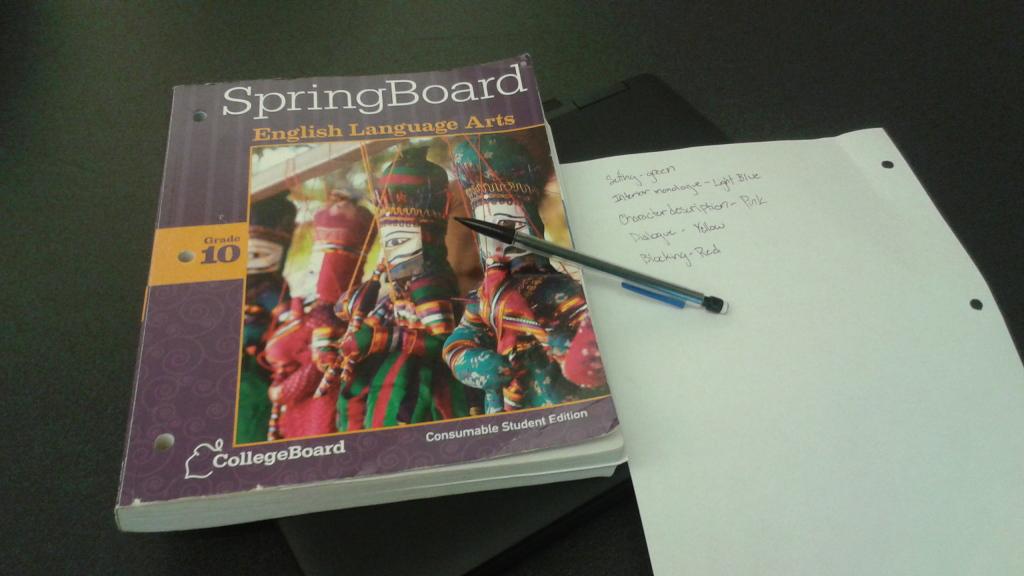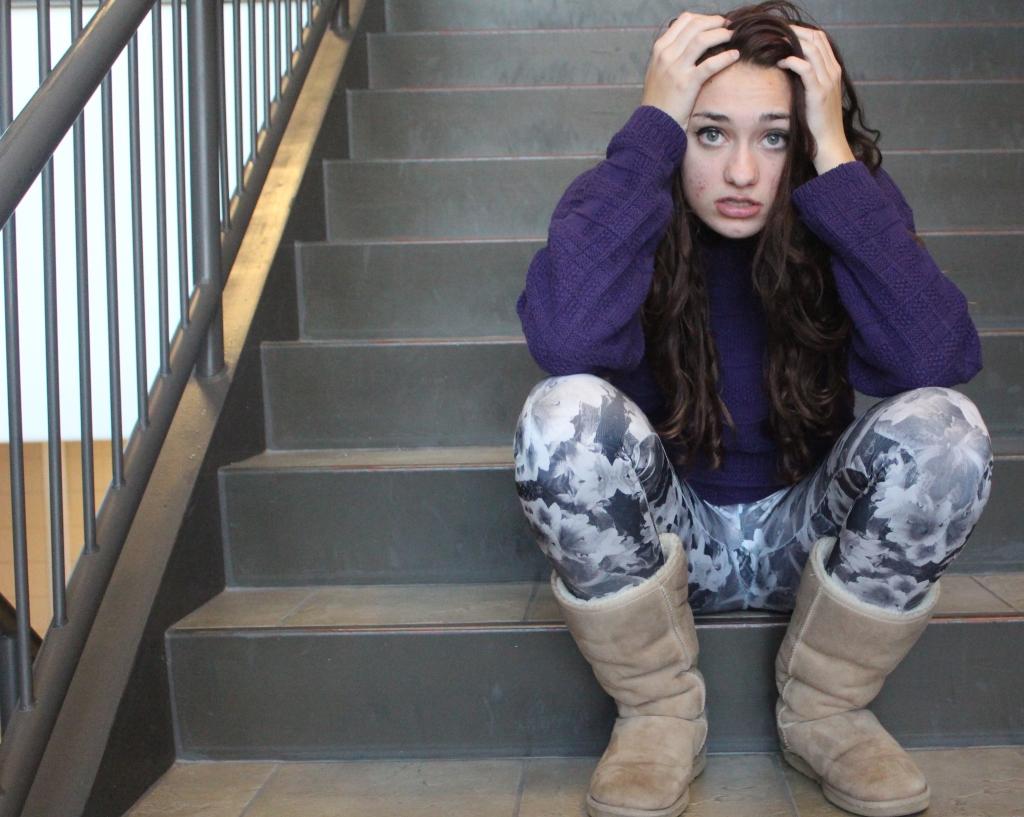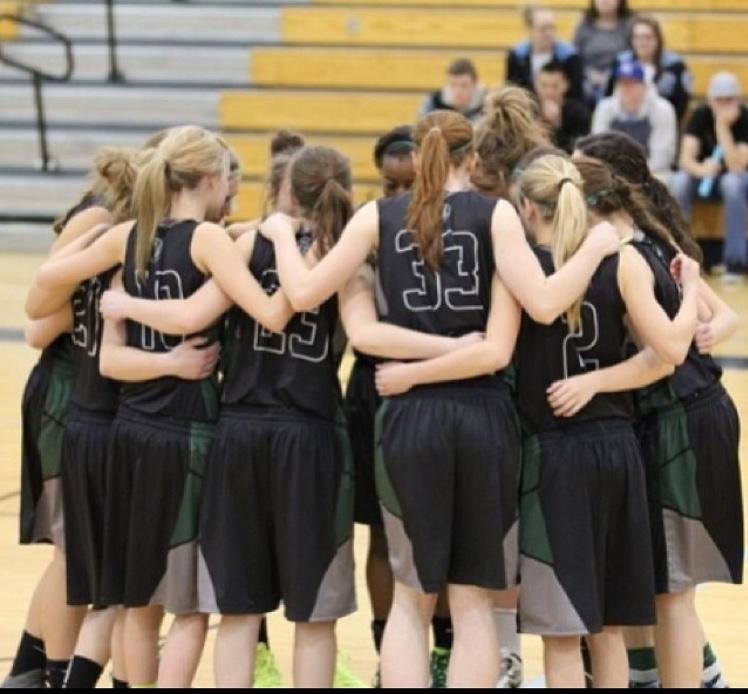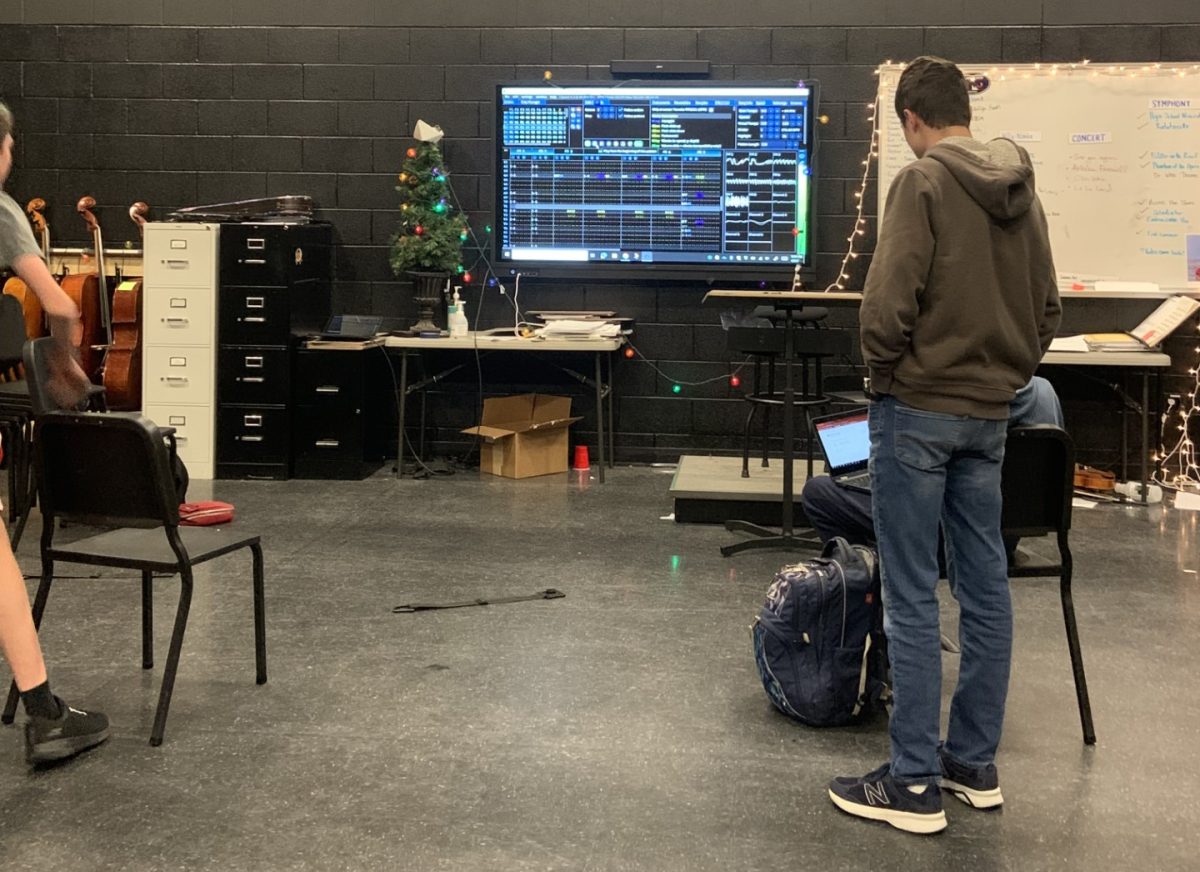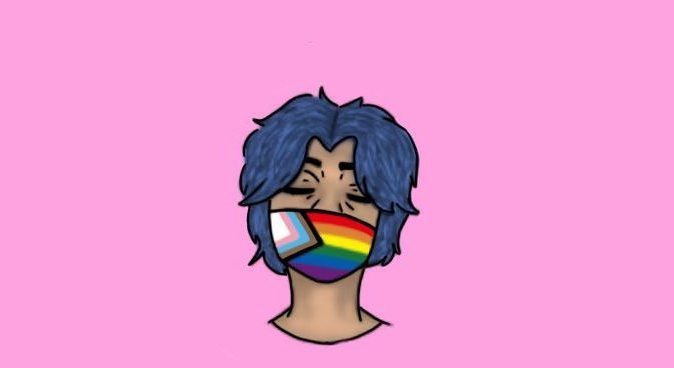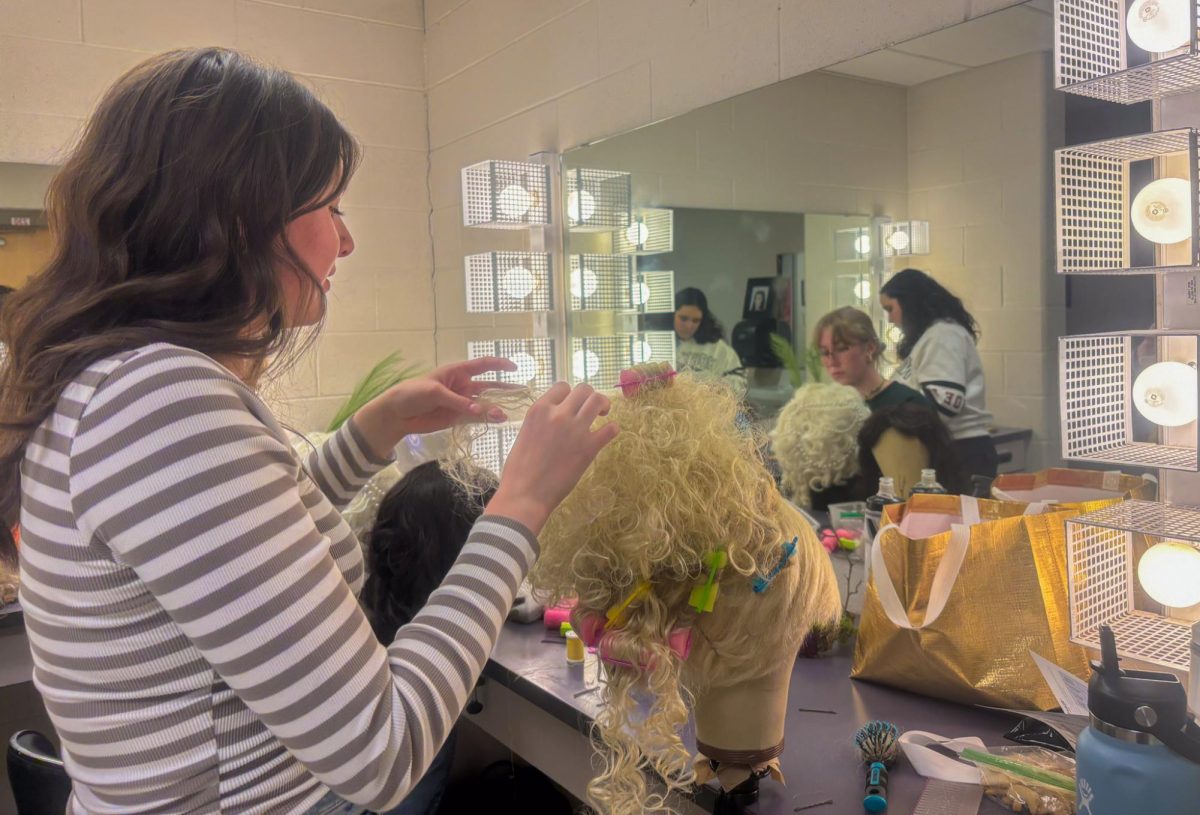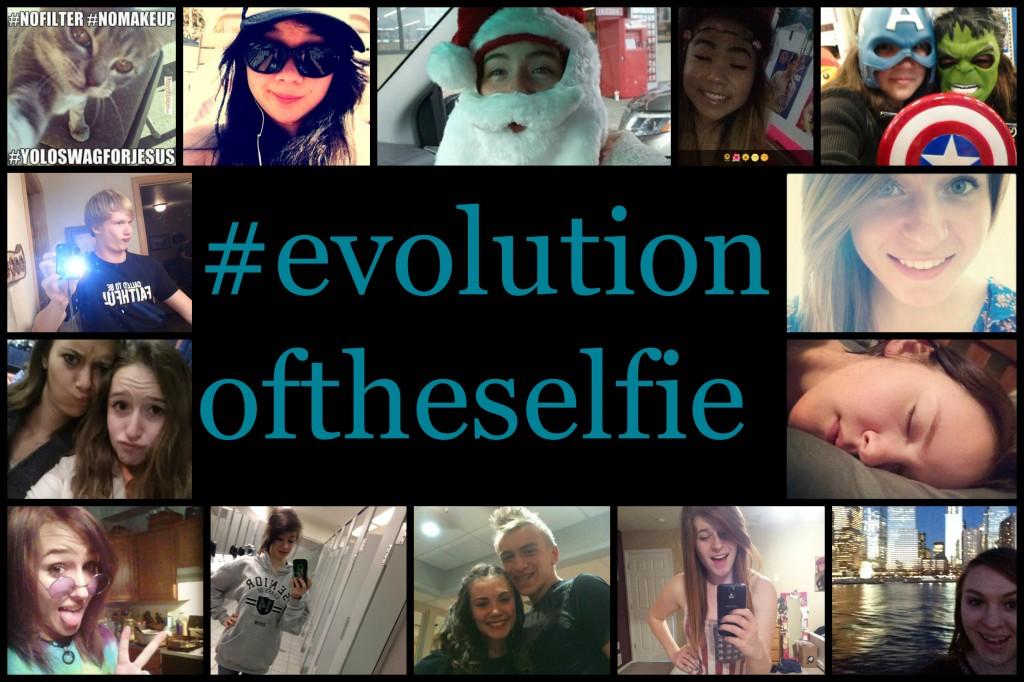 *SNAP!* Smile. *SNAP!* Duckface. *SNAP!* Just one more selfie. With the growth of social media and a need to document life, the popularity of pictures taken by oneself (called “selfies”) has soared, making it a cultural phenomenon. The word “selfie” has graced world headlines multiple times and even was declared Oxford Dictionaries word of the year 2013. According to Oxford, the use of the world has increased by 17,000 percent since last year and can find its origins in an Australian online forum.
*SNAP!* Smile. *SNAP!* Duckface. *SNAP!* Just one more selfie. With the growth of social media and a need to document life, the popularity of pictures taken by oneself (called “selfies”) has soared, making it a cultural phenomenon. The word “selfie” has graced world headlines multiple times and even was declared Oxford Dictionaries word of the year 2013. According to Oxford, the use of the world has increased by 17,000 percent since last year and can find its origins in an Australian online forum.
According to The Public Domain Review, the first selfie (though never termed a selfie) was taken in 1839 by Robert Cornelius; Russian Grand Duchess Anastasia Nikolaevna was one of the first teenagers to take a selfie in 1914. The selfie has grown, with the arrival of front facing cameras on phones, applications like Snapchat, and celebrity stunts like Ellen DeGeneres’ all-star selfie at the 2014 Oscars that caused Twitter to crash and holds the record for retweets. The Chainsmokers even have a song called “#SELFIE” that mocks the culture that is associated with the selfie.
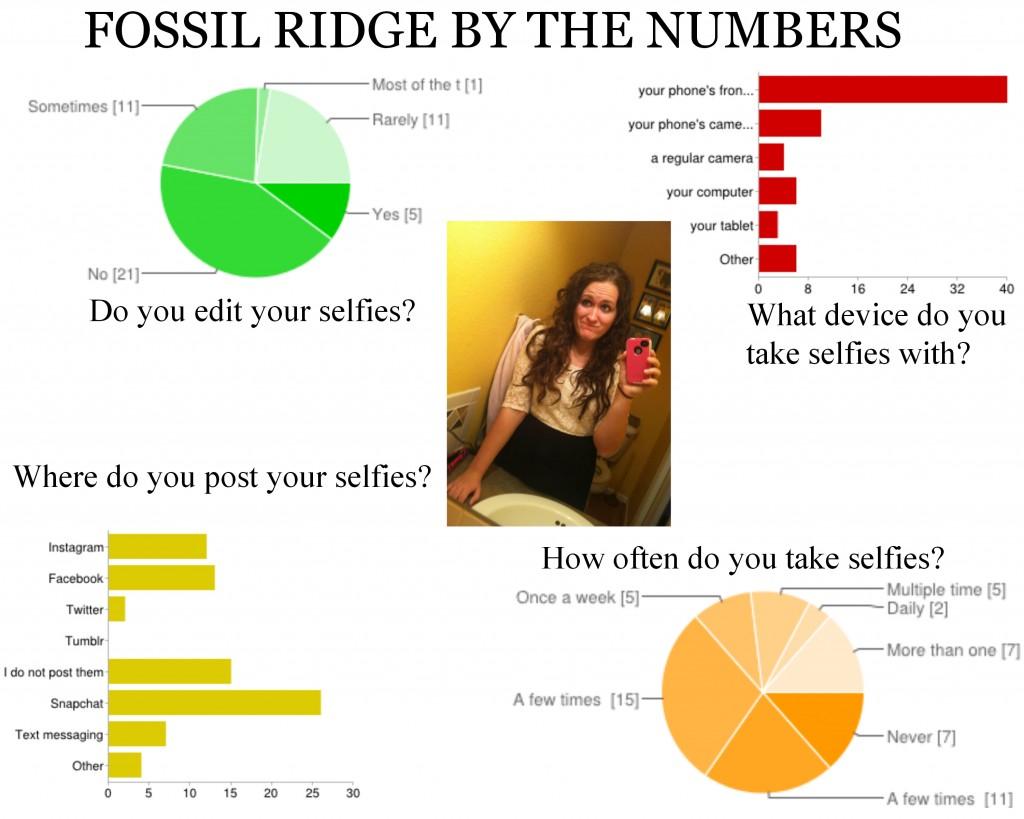
In a survey of Etched In Stone readers, 33 percent use their selfies most often on Snapchat, an application where users can send pictures that are only viewable for a short amount of time. Facebook and Instagram were the next most popular places to post selfies, while 19 percent of those surveyed do not post their selfies. TIME magazine created a database of Instagram photos tagged with “selfie,” to find the “Selfiest Cities in the World.” Makati City and Pasig in the Philippines ranked first with 258 selfie-takers per 100,000 people. Denver ranked 77th with 35 selfie-takers per 100,000 people.
According to the EIS survey, students varied in how often they take selfies, with only 13 percent taking more than one per day and 21 percent taking a few a year. The reasons for taking selfies varied, from documenting a great moment, to having fun, to showing off attractiveness.
“I really think a lot of [the fad] stems from boredom,” senior Brynn Castle said. “There’s nothing else to do so why not embrace my inner narcissist? For girls especially, I think it makes us feel pretty and confident.”
Senior Olivia Niles admits to taking selfies in her spare time as well, but not because she thinks she is attractive. “I have endless tediums of waiting and the availability to document ugliness for the future so they may learn from us on what not to do with spare time.”
Many students also showed disgust for the trend. Junior Noah Clark refers to selfies as a “waste of time and digital memory.” Senior Rachy Davis agrees with the negative connotation of the word, saying that “[selfies] make you look self-centered.”
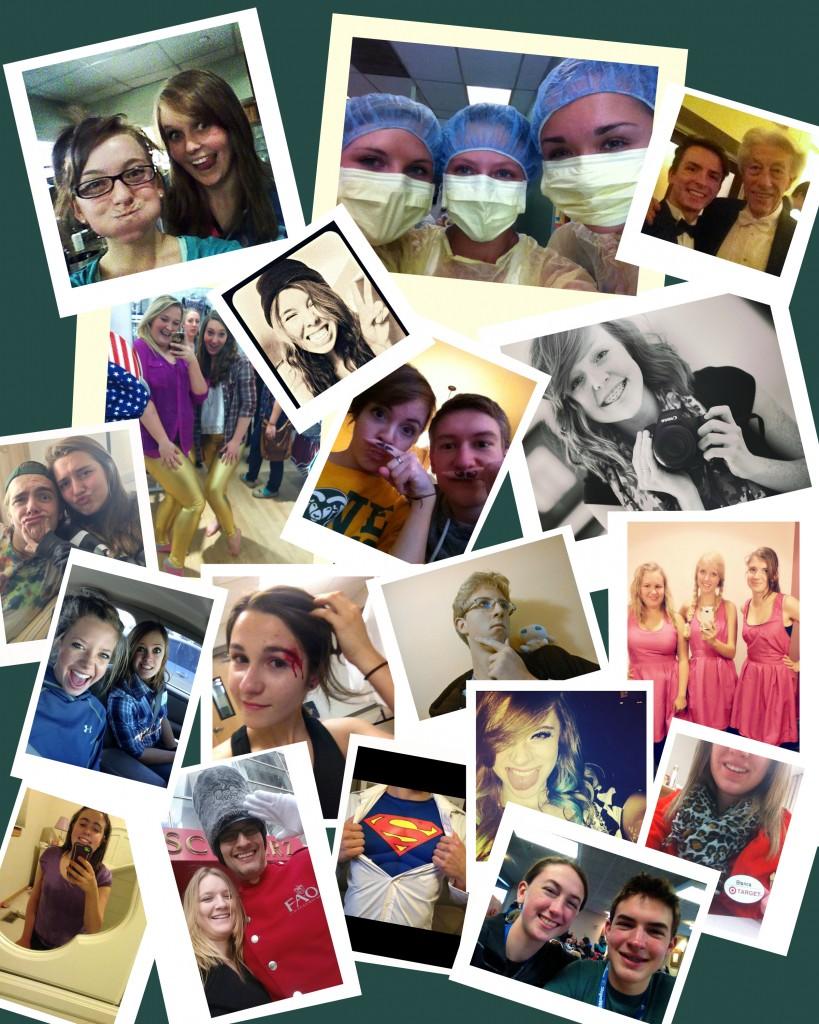
The Oxford Dictionary put in its own opinion on selfies in their example sentence for the word. “Occasional selfies are acceptable, but posting a new picture of yourself every day isn’t necessary.”
The selfie has broken into types of selfies, including spin-offs like the “legsie,” a picture of one’s legs, and the “helfie,” a picture of one’s hair. The “felfie” made national news when farmers started taking selfies with their livestock and farming equipment. Agricultural organizations helped the trend grow by encouraging followers on Facebook and Twitter to share their felfies. For more on the types of selfies, check out Kaitlynn Schmurr’s article, “A pop of culture: The Selfie.”
With the growth of the selfie also came the “Selfie Olympics,” an unofficial, never-ending competition to take the best selfie, though its origins are unknown. However, it is not based on looks, but the most out-there way to take the selfie. This includes selfies where it appears to be another object taking the selfie, or the person in a strange configuration while he or she takes the photo. This is also been referred to as “Selfie Game” as well.
The popularity of selfies may continue to rise, especially in the teenage community, according to Castle. “Sometimes you just look good, so you take a selfie to document that.”
Is the selfie just a fad? Or will it continue to grow its legacy? Sound off in the comments below.



